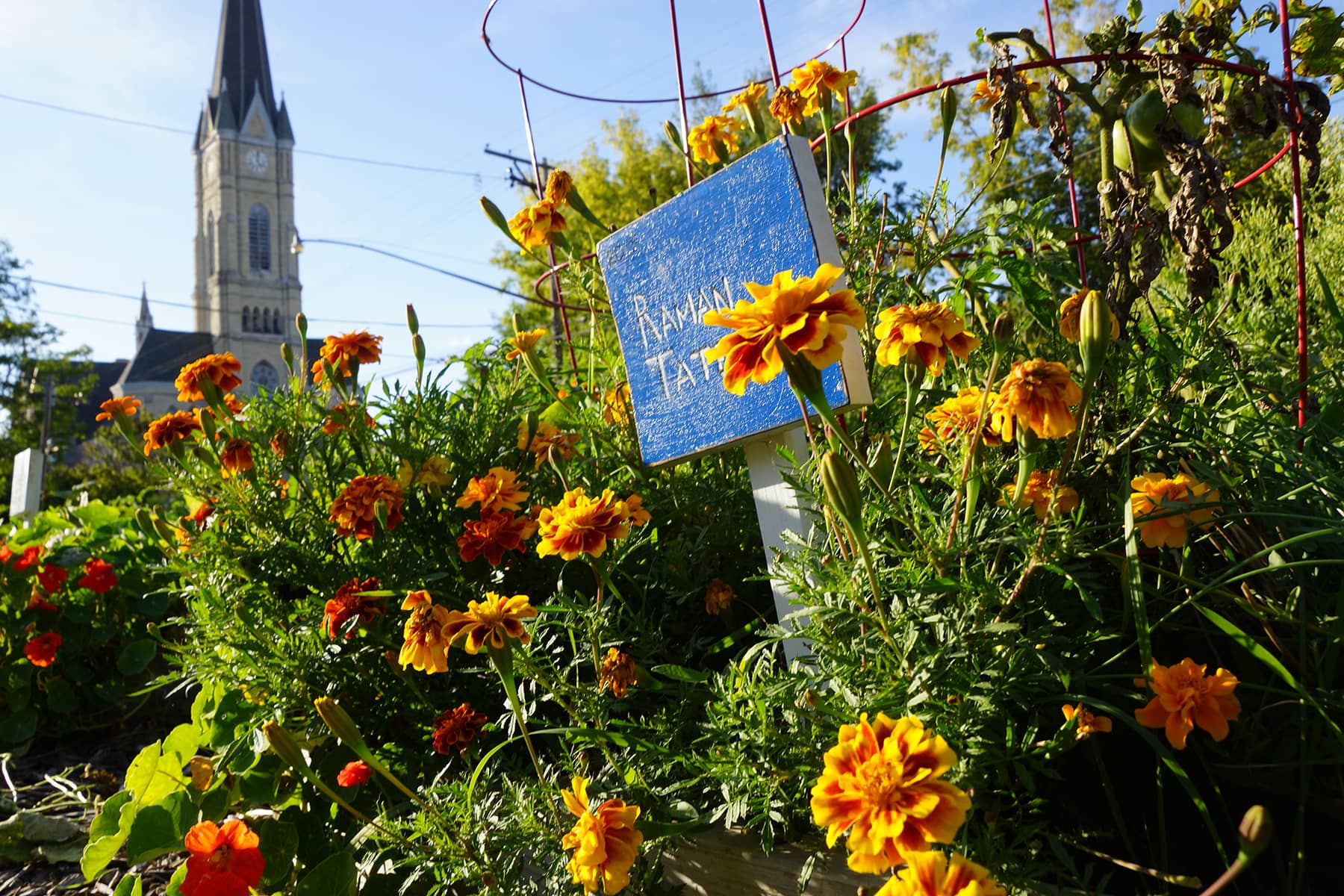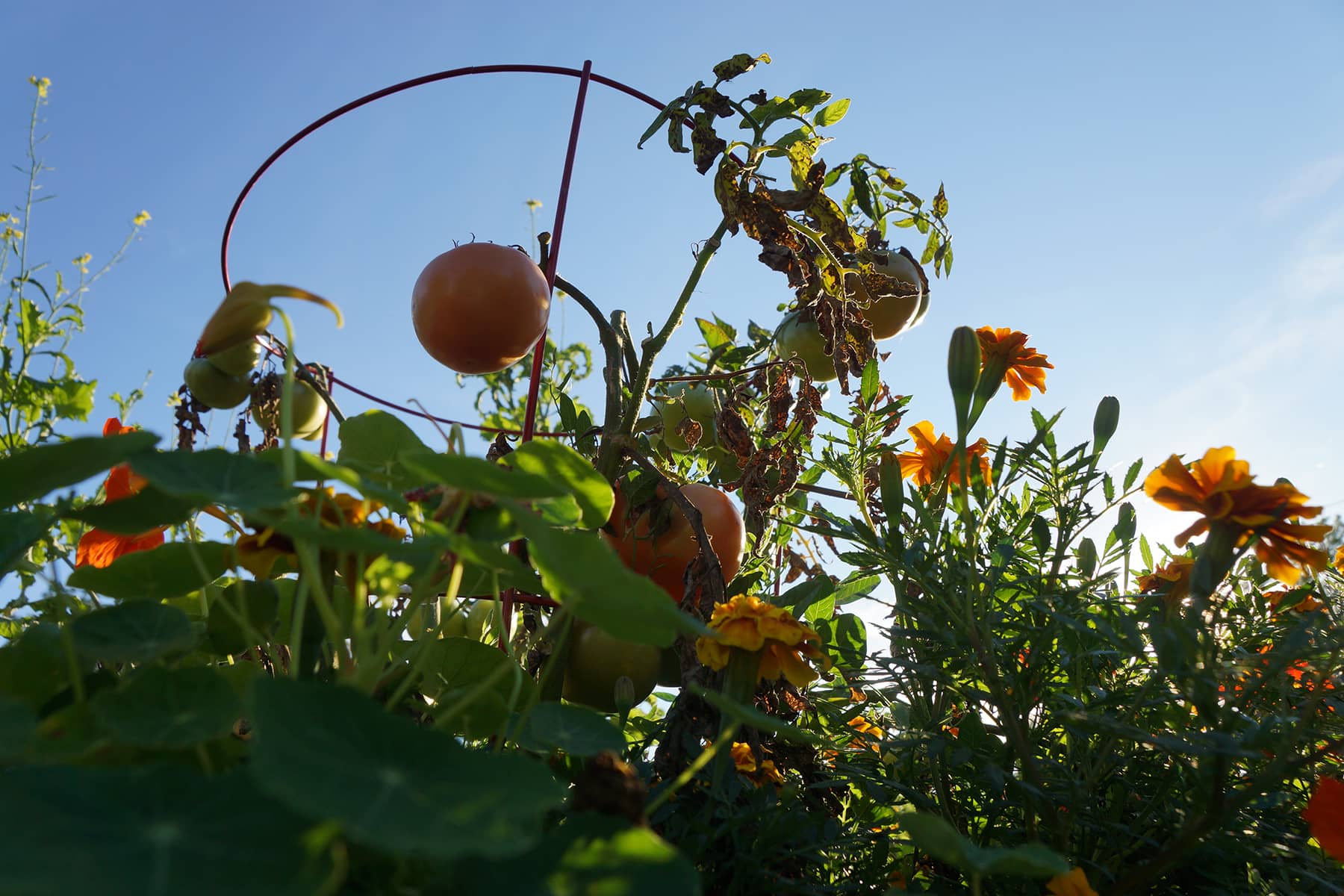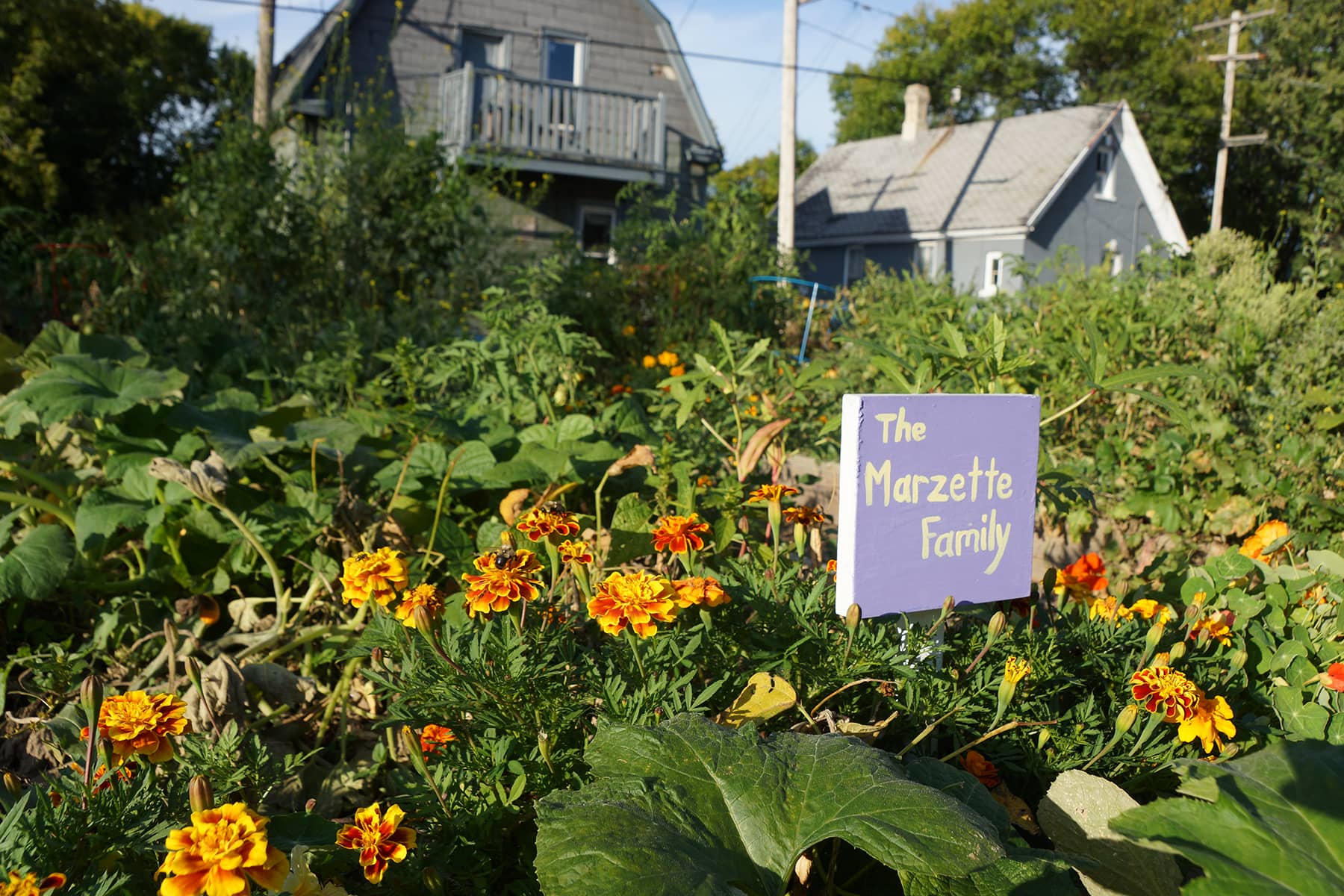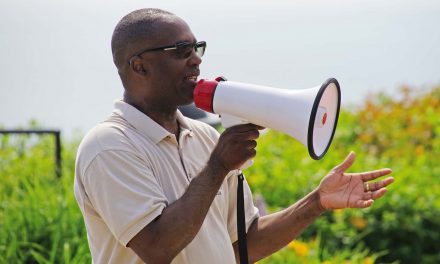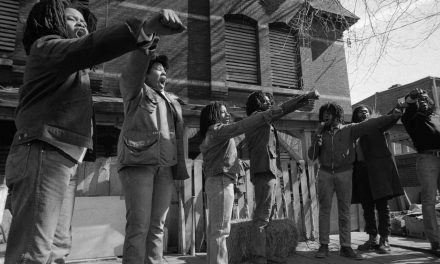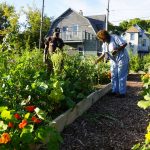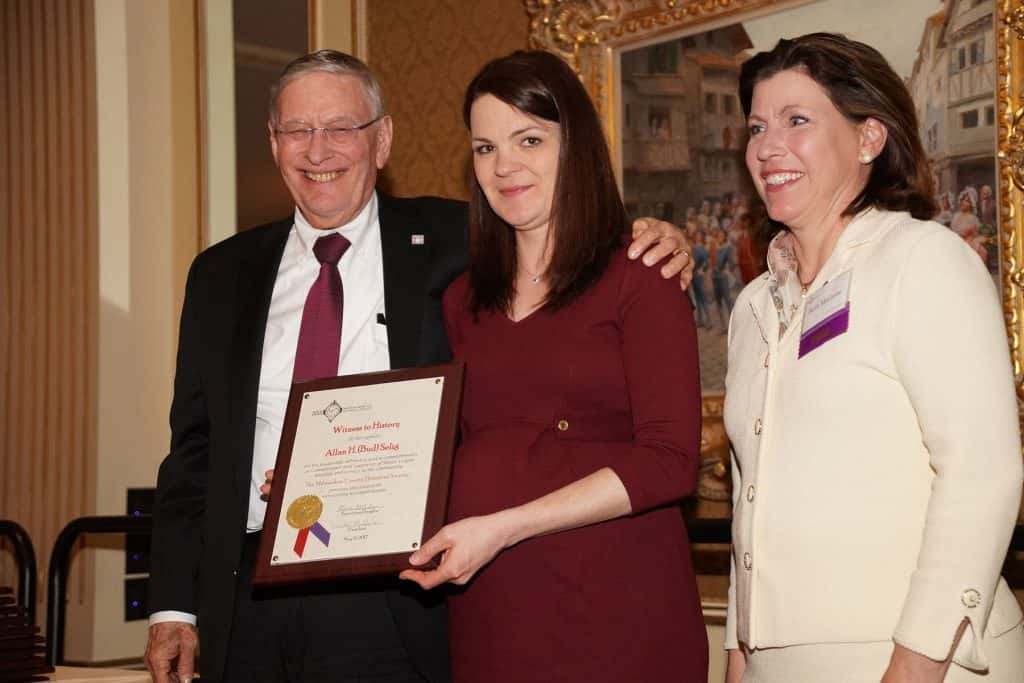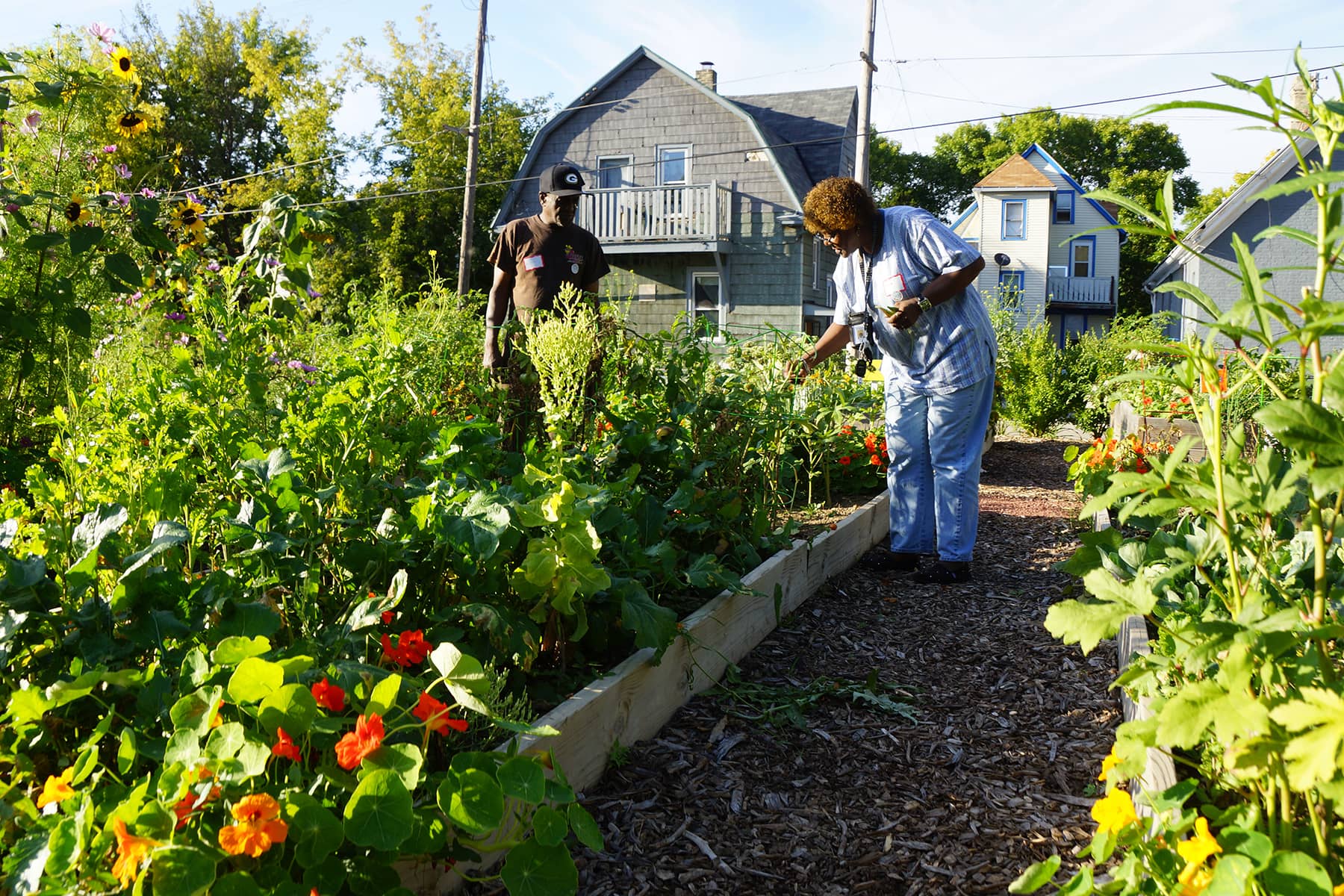
Milwaukee’s reputation as a manufacturing powerhouse once defined its economic and cultural identity. But as industry collapsed and neighborhoods suffered decades of disinvestment, residents began turning to the land in vacant lots, schoolyards, and rooftops as a means of survival and resistance.
Urban farming in Milwaukee neighborhoods, spaces informally known as Agrihoods, didn’t arrive as a trend. It was born out of necessity, rooted in community self-sufficiency, and shaped by the city’s unique racial, economic, and environmental struggles.
GARDENS IN POST-INDUSTRIAL SOIL
Urban agriculture in Milwaukee has its earliest civic precedents in wartime “Victory Gardens,” but its modern legacy began to take shape in the late 1960s and early 1970s. As jobs left the central city and redlining restricted food access, community organizations and faith groups began planting on vacant parcels across the area.
One of the city’s earliest sustained efforts was led by Alice’s Garden, a two-acre urban farm located at 21st and Garfield, named after community elder Alice Meade-Taylor. The garden became a hub for wellness, food education, and cultural programming, especially in Milwaukee’s African American neighborhoods.
Unlike isolated community plots, Alice’s Garden was structured to reclaim urban land for collective healing, long before such concepts were part of mainstream discourse.
In the 1980s and early 1990s, various environmental and youth advocacy groups launched small farming initiatives, but lacked institutional support or city-wide infrastructure. Efforts were often seasonal and dependent on unpredictable grants. Still, grassroots models persisted that were built by church groups, immigrant families, and neighborhood block clubs.
WILL ALLEN AND THE NATIONAL SPOTLIGHT
The turning point came in 1993, when former NBA player and MacArthur “Genius” Grant recipient Will Allen purchased an abandoned plant nursery on Silver Spring Drive and transformed it into Growing Power.
With little more than a vision, Allen constructed one of the most influential urban farms in the country. Growing Power was more than a farm, it was an integrated food system.
Allen built hoop houses for year-round produce, introduced large-scale composting and vermiculture, and pioneered aquaponics systems that used fish tanks to fertilize crops. He also provided paid internships and leadership development programs for youth from Milwaukee’s most under-resourced neighborhoods.
By the mid-2000s, Growing Power had become the face of urban farming in America. It received international visitors, national media coverage, and partnerships with the USDA. Allen emphasized not only sustainability, but also racial and economic equity in food systems. It was a message that resonated in cities grappling with food deserts and post-industrial blight.
While Growing Power formally ceased operations in 2017 due to financial and administrative challenges, its legacy lives on. The infrastructure and training it provided gave rise to a generation of food justice advocates, educators, and growers who now lead their own projects across the city and beyond.
THE CITY’S EVOLVING SUPPORT AND LIMITS
In response to the visibility of Growing Power and similar projects, the City of Milwaukee launched supportive policies to encourage urban agriculture. In 2011, the city passed the Comprehensive Urban Agriculture Plan, which outlined strategies for integrating farming into zoning codes, land use planning, and neighborhood revitalization.
That opened the door for more institutional actors to participate in the urban ag movement. Organizations like Walnut Way Conservation Corp began scaling up food production and green infrastructure in the Lindsay Heights neighborhood. Founded by Sharon and Larry Adams, Walnut Way restored vacant lots into productive gardens while also offering workforce development, energy efficiency upgrades, and environmental justice programming.
Other groups, like the Victory Garden Initiative (VGI), took a decentralized approach. Known for their “Blitz” model, VGI mobilized volunteers each spring to install hundreds of raised-bed gardens in front yards and school lots, empowering residents to grow food where they lived. Over the years, VGI expanded its operations to include a farm and orchard on Milwaukee’s East Side, food education programs, and a tool-sharing network.
Despite this growth, barriers remained. Access to long-term land tenure has been a recurring obstacle for many urban farmers, particularly those operating on tax-delinquent or publicly owned properties. Limited access to capital, water infrastructure, and year-round greenhouse space has also restricted the scale and stability of many projects.
In response, groups like Groundwork Milwaukee began acting as intermediaries, connecting residents to land through its community garden network and offering resources to support food-growing spaces in every aldermanic district. According to city reports, over 90 community gardens operate across Milwaukee today, serving thousands of residents and offering critical education in food security, nutrition, and environmental stewardship.
URBAN FARMING AS CULTURAL PRESERVATION
Milwaukee’s urban farming movement is not a monolith. It includes Hmong elders growing traditional medicinal plants on the South Side, Latino-led farms focused on indigenous permaculture practices, and Black-led cooperatives centered on food sovereignty and anti-displacement.
Groups like Fondy Food Center have become key players in bridging cultural and economic goals. Located in the Lindsay Heights neighborhood, the Fondy Farmers Market is one of the oldest and largest in the city, providing a vital retail space for urban and rural growers, particularly farmers of color.
In recent years, Fondy has expanded its footprint beyond food distribution. Through its partnership with the Milwaukee Farmers Market Coalition and a 40-acre farm in Mequon, the organization supports growers with training, land access, and cooperative marketing. This blending of urban and peri-urban strategies reflects a new phase of Milwaukee’s food movement—one that recognizes farming as both a local solution and a regional system.
A MOVEMENT IN TRANSITION
As Milwaukee’s urban agriculture scene matures, many of its earliest grassroots leaders have transitioned to mentorship, policy advocacy, or regional collaboration. The focus is shifting from isolated community efforts to interconnected systems, linking growers, educators, public health professionals, and land use planners.
Still, key tensions remain unresolved. As land values rise in neighborhoods once considered undesirable, urban agriculture faces a new threat: displacement. Plots that were informally tended for years are now at risk of development, especially as investor-driven projects move into formerly redlined districts.
Milwaukee’s Department of City Development has attempted to address this by formalizing garden leases and creating programs like HOME GR/OWN, which repurposed foreclosed city lots into community assets, including gardens, orchards, and outdoor gathering spaces. Yet without permanent protections or legal land transfers, many farms remain vulnerable to policy shifts and speculative interest.
Organizations such as the Institute for Urban Agriculture and Nutrition (IUAN), a coalition of city officials, academics, and nonprofit leaders, have advocated for deeper integration between urban food systems and city planning. Although the initiative has been slow to scale, it reflects a growing institutional recognition that food access, land use, and racial justice are deeply interconnected in Milwaukee.
FOOD JUSTICE AND THE BROADER IMPACT
Milwaukee’s urban farming scene has garnered national recognition not just for its innovation, but for the depth of its grassroots leadership. Food policy councils across the U.S. have studied the city’s integration of agriculture into zoning laws and its emphasis on community-based food economies.
Visiting delegations routinely tour Milwaukee’s urban farms as models for public health initiatives and climate resilience. The movement has also had indirect benefits.
Studies from institutions like UW-Milwaukee’s Center for Economic Development have found that urban gardens increase neighborhood cohesion, reduce crime in vacant lot areas, and contribute to localized climate adaptation through soil regeneration and stormwater absorption.
Yet practitioners caution against romanticizing the work. Urban farming in Milwaukee remains labor-intensive and often underfunded. Many growers rely on a patchwork of seasonal grants, volunteer labor, and personal investment to maintain operations.
Without sustained public investment or legal land security, the risk of burnout remains high. In a 2023 roundtable hosted by the Milwaukee Food Council, several leaders emphasized the need for long-term policy support, including a dedicated Office of Urban Agriculture and increased investment in BIPOC-led food initiatives.
REDEFINING WHAT AN URBAN FARM MEANS
Milwaukee’s urban farming legacy is one of adaptation and resistance. What began as small-scale garden plots in response to systemic neglect has evolved into a diverse ecosystem of growers, educators, healers, and entrepreneurs. From Growing Power’s early aquaponics to today’s multigenerational cooperatives, the city continues to redefine what it means to farm in an urban space.
As climate instability, income inequality, and displacement continue to shape Milwaukee’s future, urban agriculture offers more than just calories. It offers a practice of care, connection, and control for local residents over their living environment.
The work is far from finished. But the people doing it on rooftops, in hoop houses, and beside sidewalks are cultivating more than food. They are growing community strength again.
© Photo
Lee Matz

